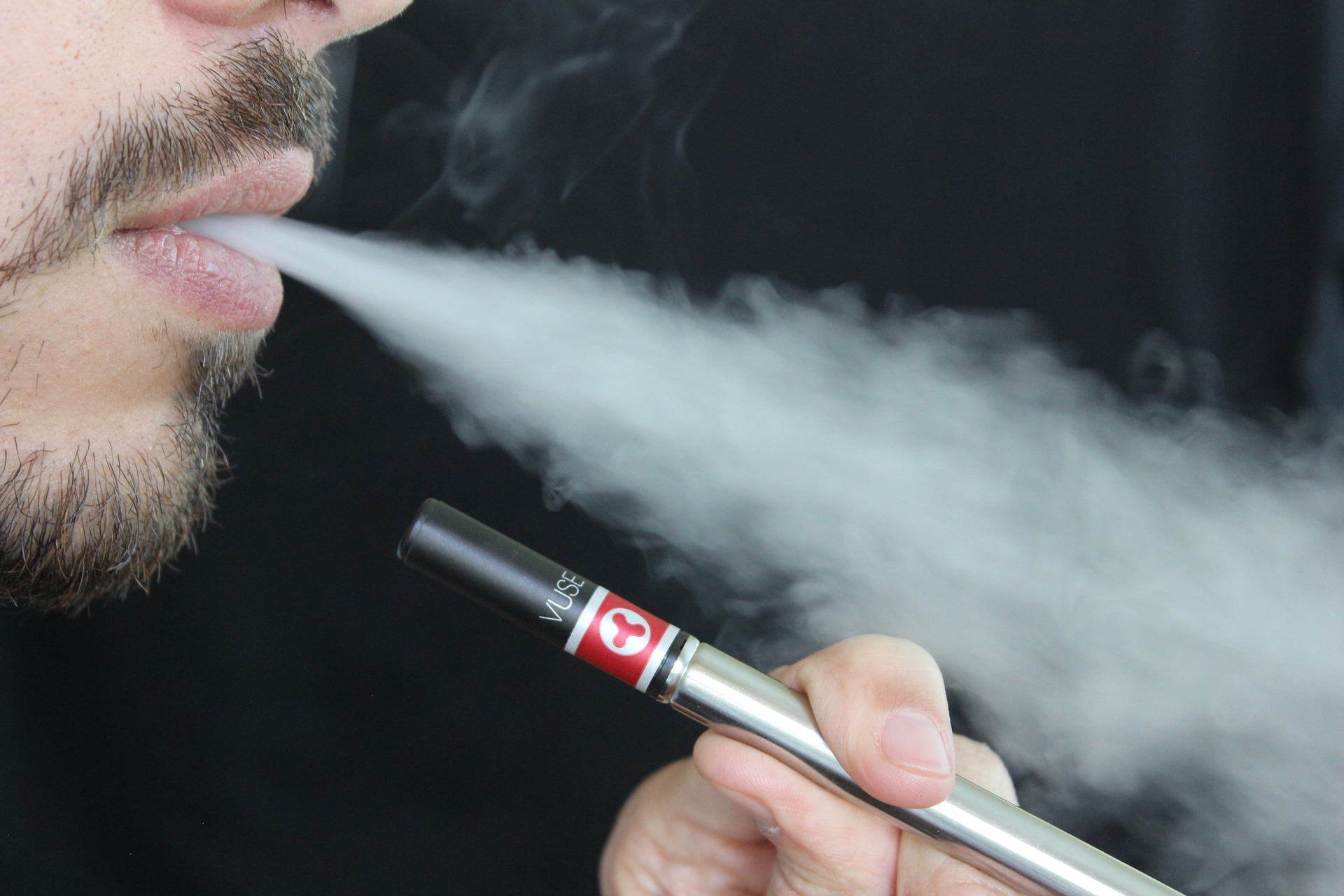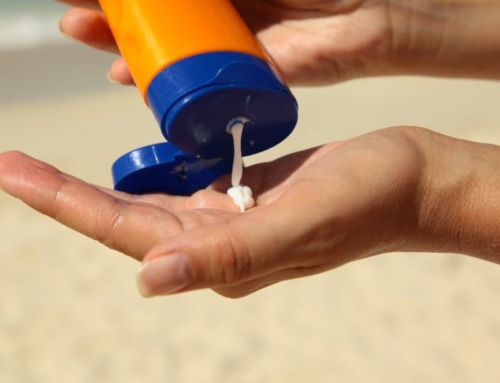So far there have been five deaths that are most likely related to vaping. In addition, there have been 450 possible cases of severe lung illnesses related to vaping and I’m sure more to come. The majority of the cases have used a nicotine-based product and 84% have vaped a product including THC which is found in marijuana. Most of these cases are in young, healthy individuals. Authorities are looking into this and the CDC is involved trying to figure out the cause but vaping is the common denominator of these cases.
READ ON to learn more about vaping, the symptoms associated with this serious lung issue and the most alarming statistic of how our youth are involved…..
E-cigarettes were initially touted as a tool to help quit smoking and were initially thought to be safer. Studies are showing that is has not increased the quit rates and is often associated with a higher risk of continuing to smoke. Regular cigarettes produce noxious gases like carbon monoxide and hydrogen cyanide. They also contain a residue known as tar. Most of the carcinogens in the smoke are found in the tar. E cigarettes do not produce the tar or similar gases which is why they were touted as being safer. However, the liquid used in an electronic cigarette contains a fluid composed of nicotine and flavorings that are dissolved in propylene glycol (anti-freeze) and glycerol. An article in the New England Journal of Medicine reported 6 groups of potentially toxic compounds in e-cigarettes: nicotine, carbonyls, volatile organic compounds (such as benzene and toluene), particles, trace metal elements, bacterial endotoxins as well as fungal glucans. The flavorings often contain a diacetyl and 2,3 pentanediol and have been shown to alter the gene expression of the lung cells causing permanent damage to the lungs. In addition, when these compounds are heated by the vaporizer than can be transformed into new toxic compounds like formaldehyde (they are seeing this more with the newer vaporizers that use high wattages). Does any of this sound good for your lungs???
Now comes the CBD/THC compounds of hemp and marijuana which are lacking in major studies looking at the safety of vaping. The nicotine and CBD/THC products are often mixed and there have been no studies looking at these combinations. Even when they do a study they will be using pure substances which is not what is found in the streets or for purchase. Currently, there is a study that started in March 2019 evaluating the safety of vaping nicotine, THC as well as a combination. This study is looking at only 14 participants with only three visits. Results won’t be available until later this year. There has been a study comparing smoking to vaping and the study concluded that vaping has less toxicity to the lungs. This was also a short term study with no evaluation of long-term risks or effects.
Even more concerning is vaping has become one of the favorite pastimes among American teenagers and the amount of youths vaping exploded in 2018. A survey sponsored by the federal government found that 21% of high school seniors had vaped within the previous 30 days compared to just 11% the year prior.
How do you know if you are getting a vaping related lung issue?
The severe vaping illness often starts with flulike symptoms including high fever and then they develop shortness of breath. Findings include changes in the lungs that look like fat deposits on scans/xrays. Scientists think this might be related to vitamin E oil droplets that are often found as bases to many of the products or an inflammatory response in the lungs related to another chemical injury. There is no treatment except supportive care and trying to reduce the inflammatory response.
OK…… once again. Here we are after the fact exploring the potential dangers of substances without any evidence of safety before they are released. Clearly it was known that the ingredients were potentially toxic and here they are. Studies are only looking at immediate effects and are small and going to be inconclusive regardless of the results because of the size. Hopefully they will lead to larger studies so definitive answers can be given. This is a multi-million dollar industry and unless something can be definitively found there will be no recommendations to have these products withdrawn from the market. In the meantime, DON’T VAPE.
To your health,
Laura









